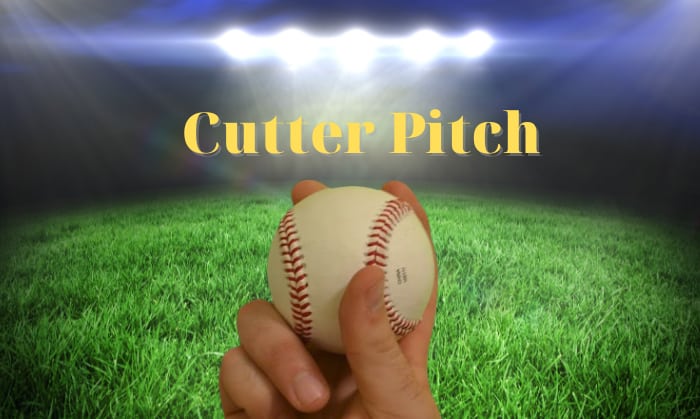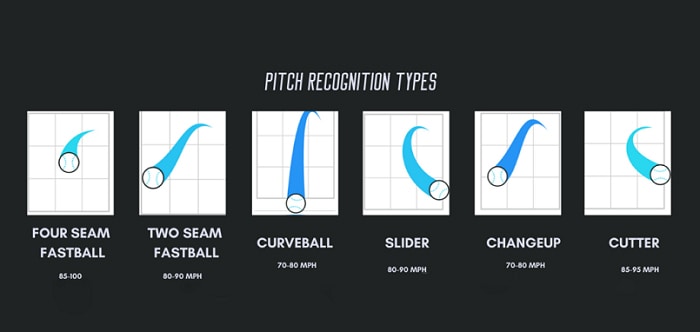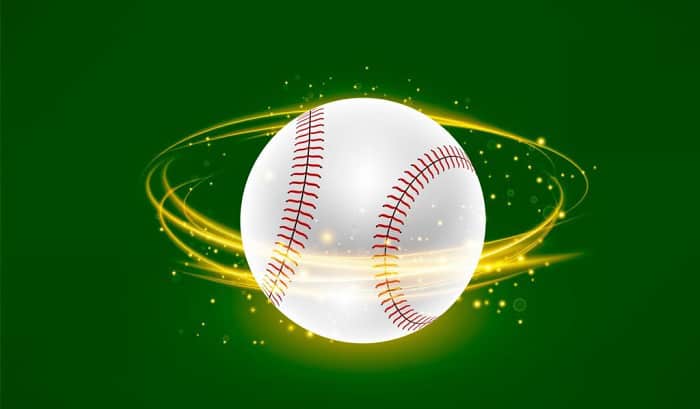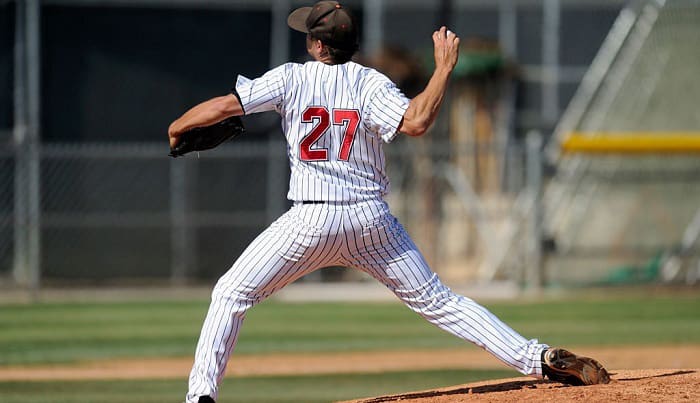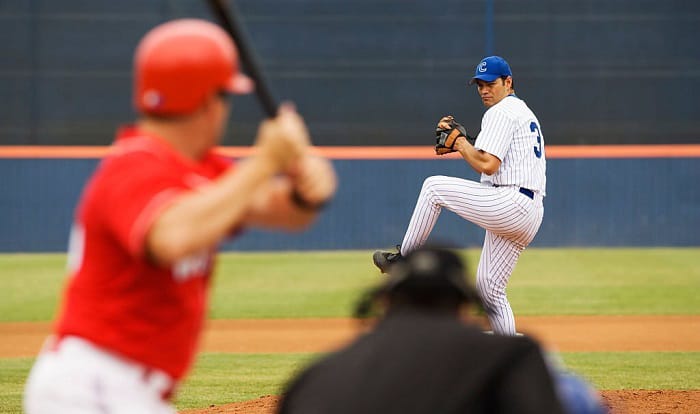The pitcher and the hitter are always battling it out on the baseball field, waiting for one to defeat the other. The hitter’s agility and preciseness are something that the pitcher must overcome.
On the other hand, the pitcher has more techniques to outsmart a hitter. Pitch types like the changeup, curveball and cutter can be their best weapon! Among these, what is a cutter pitch?
The cutter pitch in baseball is a type of pitch that makes the ball move differently from the pitcher’s hand. So, the ball will fly fast towards the home plate, leaving the hitter clueless about where to aim.
Contents
What Makes the Cutter Pitch Special?
The cutter pitch in baseball has already been around for at least five decades. However, it became more popular as Mariano Rivera from the Yankees made his cutter impossible to hit.
But why is it special? The cutter is a pitch that sits between a fastball and a slider. The unique grip and throw add a break and modify the angle of the ball after its release.
Let us take Rivera’s cutter pitches as an example. By combining the speed of a fastball and the unpredictable direction of a slider, the cutter pitch can have a late movement that is very difficult to hit.
Many hitters, especially left-handed ones, have trouble dealing with the cutter movement.
Why Use the Cutter Pitch?
Simply put, the cutter baseball is effective in breaking bats.
It may sound too good to be true. What does a cutter pitch do that makes the hitters anxious?
A cutter movement will always go towards the hitter’s hands. If executed correctly, both right- and left-handed hitters will have difficulty keeping up and will swing incorrectly.
Even if the right-handed pitcher aims for a left-handed hitter or the other way around, the movement could make the hitter swing the ball on the skinny part of the bat, breaking it.
How to Throw a Cutter Pitch
After knowing a brief overview of what is a cutter in baseball, we can now talk about how athletes do it.
An MLB cutter utilizes a unique finger grip that dictates the speed and direction of the pitch.
The thumb supports the ball underneath while the index and middle finger rest on the ball’s seams as closely together.
When throwing the ball, the force coming from the pitcher’s arms is consistent with a typical fastball. This confuses the hitter as they will not expect the late movement of a cutter pitch.
Remember, the main goal of the cutter pitch in baseball is to deceive the hitter!
The Science Behind the Cutter Pitch
The cutter pitch is an almost unhittable throw in baseball. But this is not magic, as science and physics help explain what is happening.
Unlike other pitches, the cutter is thrown at a breakneck speed and travels a path that skews the hitter’s hands.
This pitch is unhittable because it is not meant to hit the sweet spot of a hitter. Instead, it aims for the skinny part of the bat.
Other than the expected landing of the ball, the hitter will not expect it was coming in the first place because the throw looks like a fastball. Little did they know that the cutter would move opposite the usual fastball. And this direction will only be noticeable when the ball’s path is already near the home plate.
Lastly, the cutter pitch is just plain confusing! Other pitchers aim for the hitter to embarrass himself by swinging in the air. But the cutter pitch is somehow the opposite.
Moreover, the combination of the speed and direction of a cutter pitch is unique because it is meant to contact the bat of the hitter.
The cutter pitch is truly a skill that would take a lot of practice and dedication. But mastering it sure seems to be a winning pitch!
Famous Athletes That Use the Cutter Pitch
Knowing the pitch’s mechanics makes the cutter pitch a type of throw that the pros must want to master! However, we only see a handful of pitchers master the cutter pitch.
We already mentioned Mariano Rivera as the pitcher that placed the limelight on the cutter pitch. Rivera made his way to the Hall of Fame for his iconic cutter pitches that can shatter bats and gets ground balls.
But aside from Rivera, Dan Haren used cutter pitch in baseball games back in 2011. Haren’s pitches are 48% cutters! Also, Roy Halladay used cutters for around 45% of his MLB games.
Cutter pitches are genuinely remarkable when used correctly, especially by MLB athletes. However, it is not for everyone.
Limitations of the Cutter Pitch
Following Haren’s success with the cutter movement, Jered Weaver also tried to own the cutter pitch style.
Unfortunately, Weaver was not lucky enough to own the cutter pitch in baseball. He even mentioned how it made him lose his skills to throw the ball.
The cutter pitch can make a player lose grip, compromise his velocity, and make his other pitches wonky.
Moreover, another drawback of the cutter pitch is arm fatigue. Weaver’s problem is not isolated. Dan Duquette, the general manager of the Baltimore Orioles, told Dylan Bundy to avoid using the cutter pitch.
Overusing the cutter would develop chronic arm fatigue. And for Bundy, this means that his fastballs and curve throws can suffer and become ineffective in the big games.
Conclusion
The cutter pitch is a great way to ensure that your hitters get three strikes. But this skill can get very difficult to master!
This article answered what is a cutter pitch, along with other important information about its explanation, usage, and limitations.
Baseball is truly a fun and competitive sport that will challenge the talent of every athlete. Timing, speed, and precision are prerequisites for a fantastic pitcher.
Learning the cutter pitch can give athletes the edge when playing against the big leagues. However, do not forget that it still depends on the player’s skill, preference, and determination to learn and improve.

A powerful swing and the ball is flying across the field, just one hit, and we might never forget the thrill it brings. I do not know about you, but I never do. Every baseball game is the chance to compete with others and cooperate with your teammate. It is among my biggest passions.



